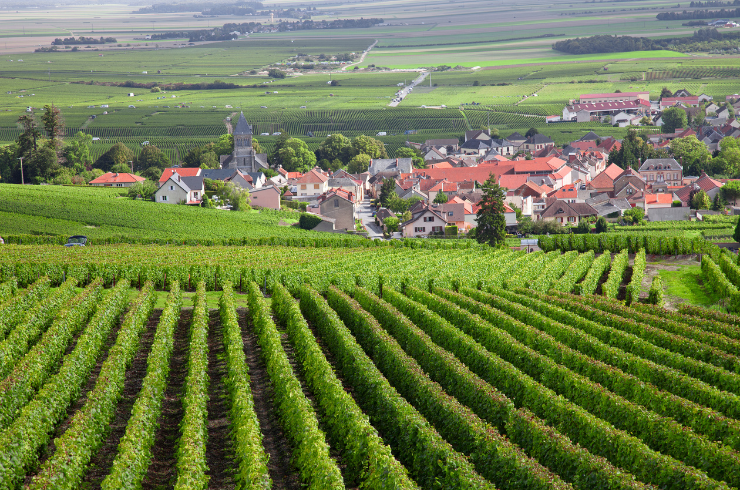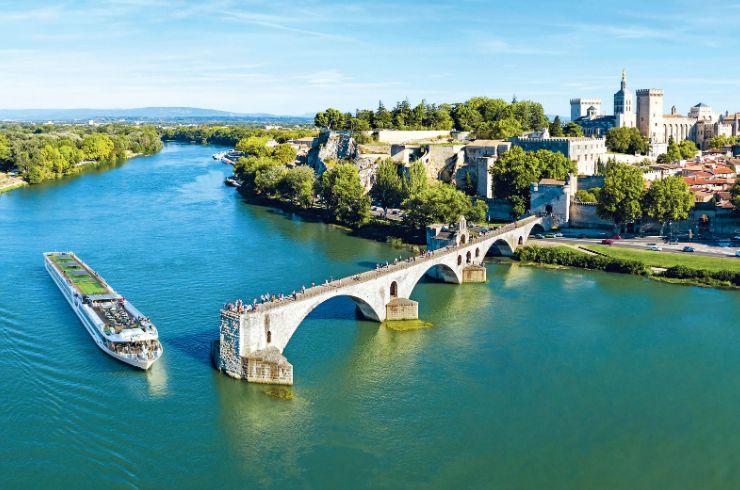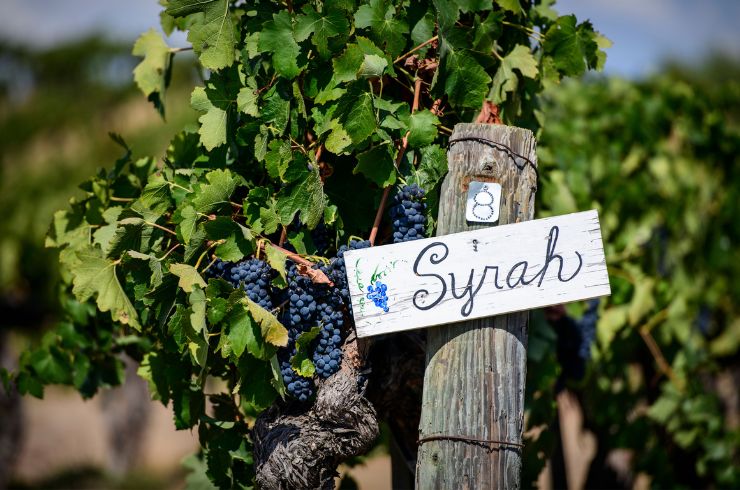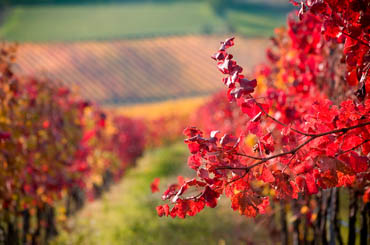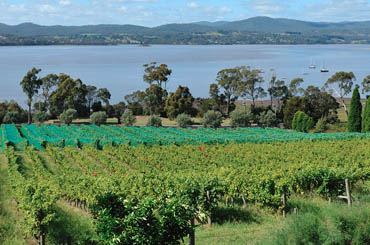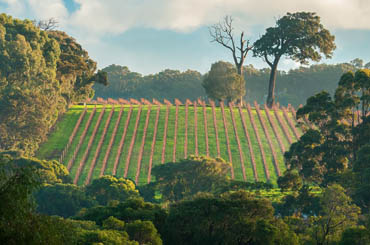2016 Vintage Snapshot: South Australia
Barossa Valley
The Barossa Valley vintage was shaped by low rainfall, 72% of the long-term average. Despite the dry conditions and hot December and February, yields were average to above average (after four vintages with below average production). The generally ideal conditions for ripening, coupled with generous yields, resulted in one winery saying vintage was like ‘an intense chess game, juggling tank space to capture everything at optimal ripeness.’ Shiraz and grenache were nominated as outstanding, and most of the reporting wineries are hopeful that 2016 will become part of the Barossa’s fabled vintages.Eden Valley
In the Eden Valley, the focus was on riesling, shiraz and cabernet sauvignon, with quality very good to excellent. The heat was alleviated by widespread rain at the end of January.Clare Valley
The Clare Valley had a similar story, with ideal fruit-set promising above average yields; then a hot December reduced yield expectations, before nature threw its last dart, the rain in late January and early February, completely altering the yield forecasts with a 20% surge. Riesling, shiraz and cabernet sauvignon were the standouts.Adelaide Hills
In the Adelaide Hills the low winter and spring rainfall required early irrigation, rare for the region. Rain in late January was worth its weight in gold, the outcome above average yields, the chardonnay and sauvignon blanc the best white wines, shiraz and pinot noir the best reds. One reporter in the Adelaide Plains summarised things thus: ‘The best all-round vintage I have seen in 10 years of working in this area’.McLaren Vale
When you read vintage summaries such as, ‘2016 may well go down as one of the great McLaren Vale vintages in recent memory. Vines were well-balanced, crop levels were good, colour and flavour fantastic. Shiraz the pick’, you cannot help but wonder whether there is an edge of embellishment. However, all the reports were in agreement, throwing in grenache and cabernet sauvignon for particular praise.The strongly maritime climate of Langhorne Creek, Southern Fleurieu and Kangaroo Island stood out in high relief. The warm, dry spring led to good fruit-set in all varieties, and summer was generally quite cool, with rainfall episodes in January and February very welcome.
Langhorne Creek and Kangaroo Island
There were very few days over 35°C. Bleasdale buys grapes from the Adelaide Hills and finished that harvest before Langhorne Creek. Cabernet sauvignon is the star, one of the best in many years. Kangaroo Island rates its overall quality as very, very good, with the earliest start of vintage (March 1) and the latest finish (April 8) on record.Coonawarra
The Coonawarra growing season and harvest reflected the extreme El Niño event across the Pacific, the Bureau of Meteorology likening 2016 to 1998. Budburst was two weeks early, and at no stage did that two-week start diminish, and the final stages of ripening took place in cool conditions. The colour is excellent, as is the fruit intensity and ripeness.Mount Benson, Robe, Wrattonbully and Padthaway
The only question with the red wines is tannin ripeness, but it’s too early to make a final call on that. Mount Benson, Robe, Wrattonbully and Padthaway were in agreement about potential yields significantly better than those in 2014 and 2015, but thereafter opinions were split: some were sanguine, some (slightly) pessimistic. Spicy shiraz was nominated by the majority of reporters, cabernet sauvignon pleasing some with its elegant medium body.Riverland
The Riverland experienced ideal ripening conditions, leading to a compressed vintage, with yields slightly down on 2014 and 2015. However, the quality is said to be high, the white wines bright and balanced, the red wines with freshness, good fruit concentration and silky tannins.Latest Articles
-
News
The power of perspective: Ryan Ponsford's Entropy
2 Dec 2025 -
Events
Halliday Wine Academy: Wine Immersion Tours
30 Nov 2025 -
Travel
Scenic's Southern France and Bordeaux river cruises are tailor made for wine lovers
30 Nov 2025 -
News
What’s in a name? The etymological origins of popular grapes.
30 Nov 2025

